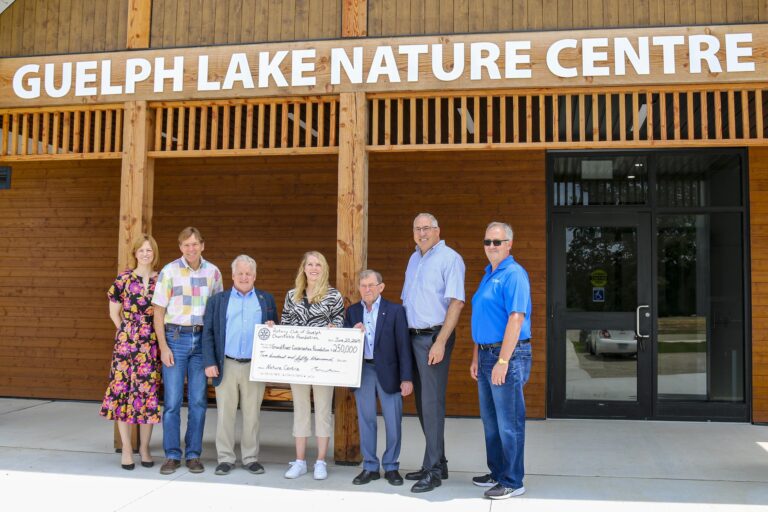Wednesday, July 2, 2025
Alberta’s new Drought and Flood Protection Program will fund a new wave of projects to help communities from climate change.
In recent years, many parts of the province have experienced flooding while many others have seen water shortages and are at risk of severe drought. Disaster recovery programs in Alberta have paid out over $1.7 billion to cover uninsured losses associated with flooding since 2010. There has also been over $5 billion in insured losses.
Developing the local infrastructure needed to protect residents from these extreme weather events is expensive for communities but increasingly necessary.
If Budget 2024 passes, $125 million would be invested over the next five years for Alberta’s new Drought and Flood Protection Program. This program is designed to help vulnerable municipalities and Indigenous communities across the province develop the long-term infrastructure needed to improve their drought and flood resilience and adapt to severe weather.
“Droughts and floods can devastate public infrastructure and private property, disrupt our economy, damage the environment and put lives at risk,” said Rebecca Schulz, Alberta’s Minister of Environment and Protected Areas. “The new Drought and Flood Protection Program would help communities across the province build the practical infrastructure they need to help protect people’s homes and keep businesses going, regardless of the weather.”
The Drought and Flood Protection Program builds on the work of the Alberta Community Resilience Program, which ended in 2020. Additional program details, including eligibility requirements, application deadlines and cost-sharing components, will be released when possible.
If passed, Budget 2024 would allocate $25 million per year from 2024-25 through 2028-29 for the Drought and Flood Protection Program.
Projects eligible for funding under Drought and Flood Protection Program would include, but not be limited to:
- Drought and flood proofing or relocation of critical infrastructure and infrastructure required to access those services.
- Structural measures, such as berms, flood walls, bank protection and stabilization works, retention ponds and diversion structures intended to protect critical infrastructure and ensure public safety.
- Purchase of property for the purpose of relocation or for access to and/or construction of a project.
- Bio-retention infrastructure designed to increase flood attenuation and reduce the impacts of drought.
For further information, visit: Drought and Flood Protection Program
Featured image credit: Getty Images











